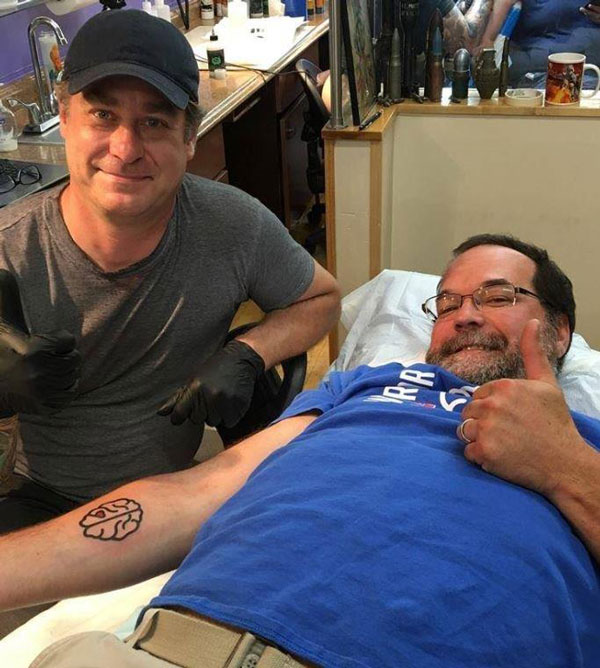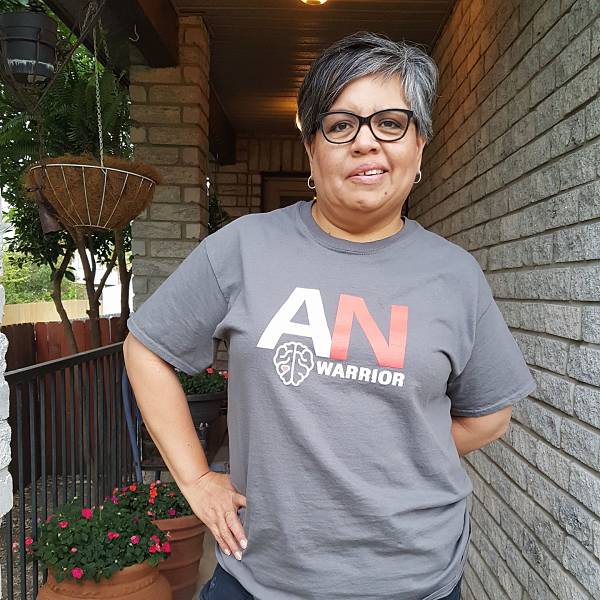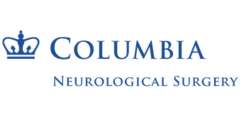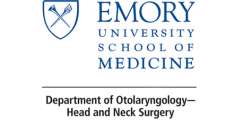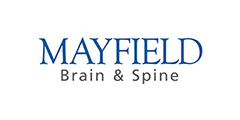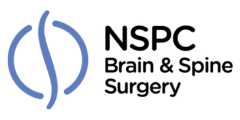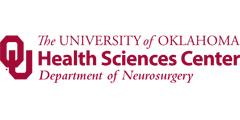Sponsor Post: Complex Case: Rare Cochlear Implantation After Previous NF2 Tumor Removal
This article was reposted with the permission of NYU Langone.
A recent cochlear implantation restored hearing in a patient left profoundly deaf by prior surgery and radiation treatment for neurofibromatosis type 2 (NF2) tumors. The successful cochlear implant (CI) application—rarely performed in such situations—challenges the long-held belief that the device is not a viable option for previously treated NF2 patients.
A promising candidate for a rare CI approach, the patient, a woman in her mid-40s, had been diagnosed with NF2 and had undergone surgery and radiation therapy more than 15 years earlier to remove acoustic neuromas on her right and left auditory nerves. Although this treatment was successful, she was left profoundly deaf in both ears. She was referred to NYU Langone for a consultation with J. Thomas Roland Jr., MD, the Mendik Foundation Professor of Otolaryngology, professor of neurosurgery, and Chair of the Department of Otolaryngology—Head and Neck Surgery, who recognized the potential for restoring her hearing despite the considerable time that had elapsed since the precipitating treatment.
“With radiation, the cochlear nerve is preserved, but many patients still lose their hearing because of degeneration of the hair cells,” says Dr. Roland. “As a result, they may still have a functioning cochlear nerve despite their profound deafness. So, we first need to determine that the cochlear nerve is, in fact, still viable.”
Specialized Testing Guides The Team’s Approach
To make this determination, Dr. Roland and David R. Friedmann, MD, assistant professor of otolaryngology—head and neck surgery, performed a promontory stimulation test, directly stimulating the cochlea with a fine needle electrode inserted through the eardrum. During this procedure, patients report whether they can perceive auditory sensations in response to the electrical stimulation, and physicians measure patients’ brainwaves to assess whether the auditory signals are reaching the cortex.
“We found that the patient could hear sounds, perceive differences in frequency presentation, and respond to other tests of cochlear fine-tuning,” says Dr. Roland. After consulting with the patient, the surgeons decided to move forward with a left multichannel CI.
The patient was placed under general anesthesia, and electrodes were attached to her face to allow continuous facial nerve monitoring and testing. After performing the preliminary parts of the operation, the surgeons opened the back wall of the ear canal to create a path from the mastoid to the cochlea, taking care not to injure the facial and chorda tympani nerves.
Dr. Roland then opened a small hole into the cochlea, inserted the electrode array into the scala tympani, and placed the receiver stimulator behind the ear. An X-ray confirmed correct positioning of the device, and electronic monitoring showed that the patient’s cochlear nerve was responding to stimulation.
Hearing Restored, Function Recovered
The patient made a full recovery and is now able to understand sounds and communicate with others, including a son whose voice she had not heard in many years, says Dr. Roland.
“This patient is now getting meaningful use of her CI, which exceeds what she would have had with an ABI,” Dr. Roland notes. “Centers like ours, with sophisticated testing capabilities and advanced surgical expertise, are making CIs a realistic option for some NF2 patients otherwise faced with the prospect of lifelong deafness.”
Note: In no case does ANA endorse any commercial product, physician, surgeon, medical procedure, medical institution or its staff.


